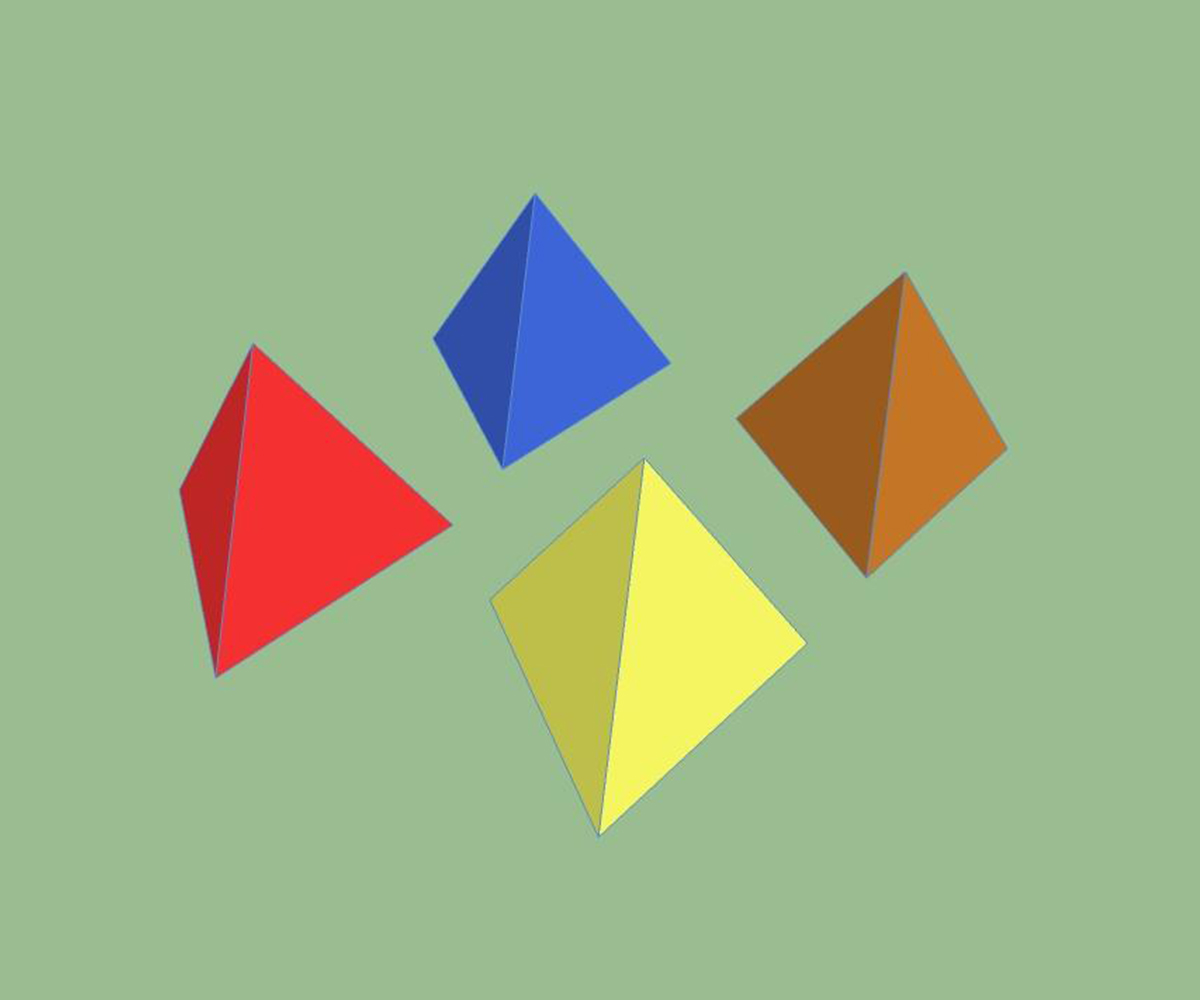Applications able to detect every nuance
All the colors in the visible spectrum 350-780nm can be represented by summing the three components of the three RGB primary colors (Red, Green, Blue). This property is called additive color properties. The triad of RGB information is also called RGB color space, defined by a cube in which the edge at the lower left represents the black and the one at the upper right the white.
In the field of image processing RGB space is used to capture and process images. The best color cameras contain three independent sensors able to detect each of the three components.
In the most common use of cameras pixels are rendered sensitive to a single primary color by means of optical filters deposited directly on the sensor, through a disposition called Bayer filter mosaic.
The RGB color space is not the only way to represent color. For example the space HSI (Hue, Saturation, Intensity), provides a representation of the colors closest to the way in which they are perceived by the human eye.
The space HSI and its many variants, can be easily derived from the three RGB primary colors values by appropriate formulas. The HSI space is often used in computer vision because of the affinity with the human eye in color perception. The most complex part of the image processing is carried out by special color classification algorithms.



